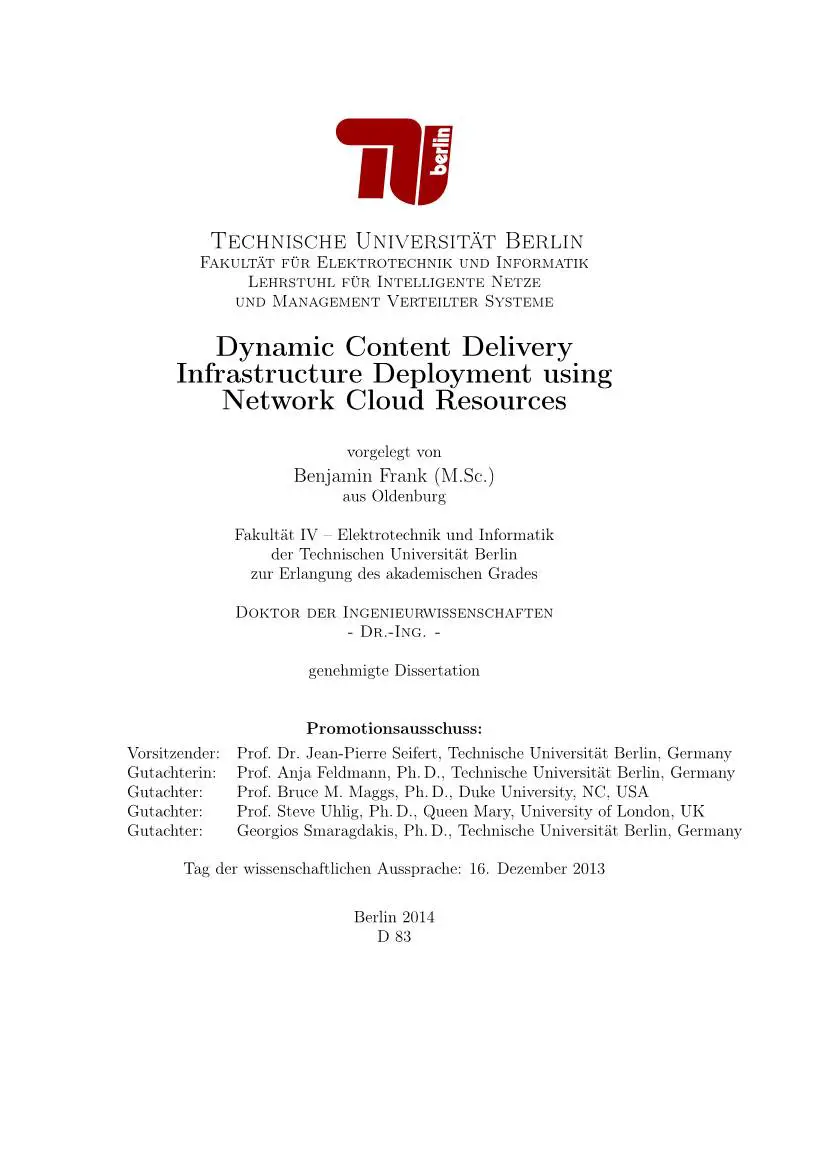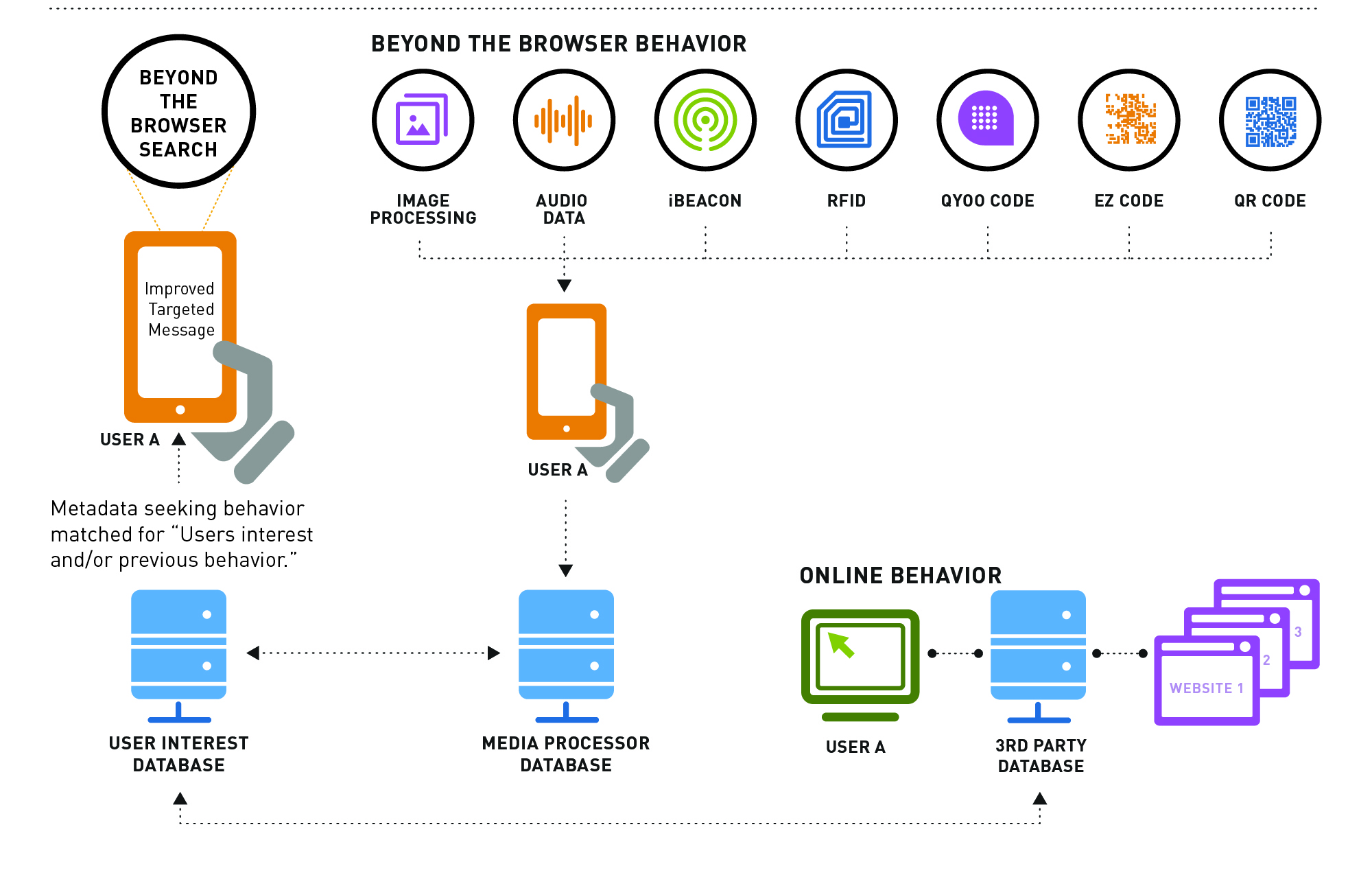Dynamic Content Delivery: How CDNs Are Adapting

Introduction:
Content Delivery Networks (CDNs) play a crucial role in delivering content efficiently and reliably to end-users. However, the dynamic nature of content consumption has necessitated CDNs to adapt and evolve their services. This article examines how CDNs are adapting to meet the challenges of dynamic content delivery.
1. Personalized Delivery:

- CDNs are leveraging advanced algorithms and machine learning to personalize content delivery based on user preferences, demographics, and device capabilities.
- By tailoring delivery to individual users, CDNs optimize the user experience and reduce buffering and latency.
2. Edge Caching:

- CDNs are expanding their edge networks with nodes closer to end-users, reducing latency and improving responsiveness.
- Edge caching allows frequently accessed content to be stored closer to users, enabling faster delivery and reducing load on origin servers.
3. Content Stitching:
- CDNs have introduced content stitching techniques to deliver large or complex content efficiently.
- By breaking down content into smaller chunks and stitching them together at the edge, CDNs reduce transmission times and improve performance.
4. Adaptive Bitrate Streaming (ABR):
- ABR is a popular technology used by CDNs to adjust video bitrate based on network conditions and user preferences.
- By dynamically adapting the bitrate, CDNs ensure smooth playback and minimize interruptions.
5. Cloud-Based Architectures:
- CDNs are migrating to cloud-based platforms, enabling them to scale their infrastructure and services on-demand.
- Cloud architecture provides CDNs with greater flexibility, scalability, and cost-effectiveness.
6. Security Enhancements:
- As content delivery becomes more dynamic, security concerns arise. CDNs are investing in advanced security measures, such as TLS encryption, DDoS protection, and content filtering, to ensure content is delivered securely.
7. Artificial Intelligence (AI):
- AI is playing a transformative role in CDN optimization. AI-powered algorithms are used to analyze user behavior, predict demand, and optimize delivery.
- By leveraging AI, CDNs can deliver content more efficiently and cost-effectively.
Conclusion:
CDNs are continuously adapting to meet the evolving demands of dynamic content delivery. By embracing innovative technologies and leveraging advanced solutions, CDNs ensure that content is delivered seamlessly, personalized, and secure to end-users worldwide. As content consumption continues to evolve, CDNs will continue to play a vital role in the delivery ecosystem, enhancing user experience and empowering digital transformations.
